Hi there, pet lovers! 🦎
Today, we’re taking a closer look at the Green Iguana, one of the most iconic reptiles in the pet world. Despite their widespread popularity and striking appearance, these large lizards are often misunderstood and can be among the most challenging reptiles to care for. Whether you’re considering rescuing one or just curious about what makes them so polarizing, we’ll break down everything you need to know about Green Iguanas in this review.
Overview
Green Iguanas (Iguana iguana) are large, arboreal lizards native to the tropical rainforests of Central and South America, as well as parts of the Caribbean. They are known for their vibrant green coloration, impressive size, and distinctive features such as their dewlaps (throat fans) and row of spines running down their back. Green Iguanas are excellent climbers and spend much of their time in trees, where they bask in the sun and forage for leaves, flowers, and fruits. Here’s a quick summary of what makes them stand out:
- Handling and Temperament: Generally difficult to handle, with defensive behaviors and potential aggression.
- Care and Maintenance: High-maintenance, requiring large enclosures, specific humidity, and temperature conditions.
- Health and Durability: Hardy but sensitive to poor husbandry and stress.
- Availability: Widely available as imports, but captive-bred individuals are rarer.
- Cost: Affordable to purchase but expensive to set up and maintain.
- Overall: A challenging pet reptile best suited for experienced keepers or rescues.
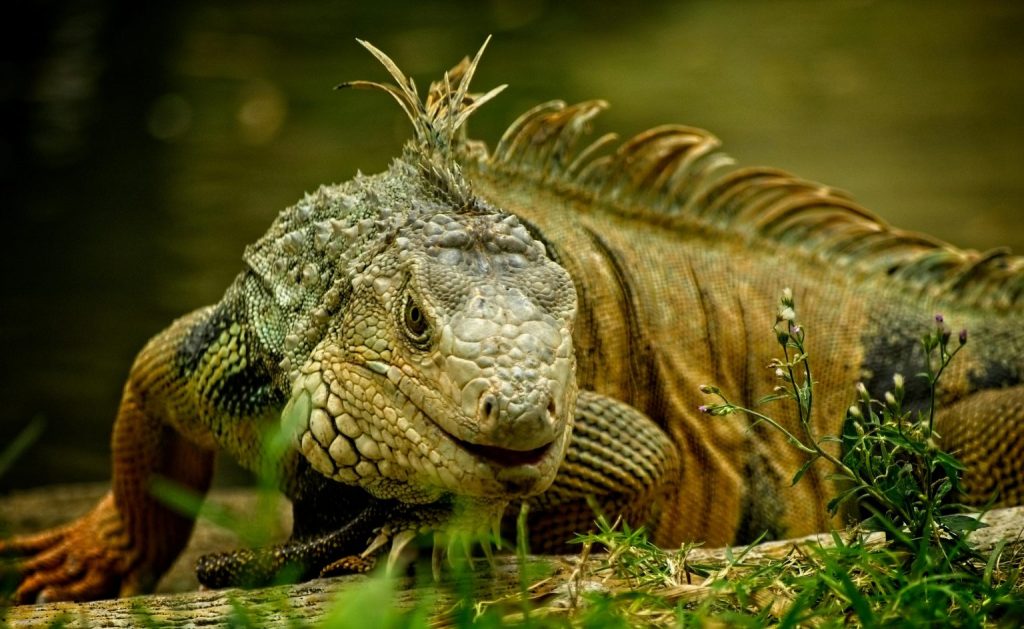
Why Choose a Green Iguana?
Green Iguanas are often chosen for their impressive size and striking appearance. They can grow over six feet long, making them one of the largest lizards commonly kept in captivity. However, their appeal often overshadows the reality of their care requirements and temperament. These reptiles are not ideal for beginners or even most experienced reptile enthusiasts. They are best suited for those who are prepared to dedicate significant time, space, and resources to their care, or for rescues looking to provide a home for an animal in need.
Handling and Temperament
Green Iguanas are notorious for their challenging temperament. While some individuals may tolerate handling when young, their behavior often changes as they mature. Adult Green Iguanas, especially males, can become territorial, aggressive, and unpredictable. They are equipped with several defensive mechanisms, including sharp claws, a powerful tail, and strong jaws capable of inflicting serious injuries.
Defensive Behaviors:
- Tail Whipping: Their tails are muscular and can be used as a whip, potentially causing cuts or bruises.
- Biting: Green Iguanas have strong jaws and sharp teeth. A bite can result in deep wounds, and males may perform a “death roll” when biting, which can cause severe damage and lost of fingers.
- Clawing: Their sharp claws can scratch or tear skin, especially if the iguana feels threatened.
Handling Tips:
- Approach with Caution: Always be mindful of the iguana’s body language. Signs of stress include puffing up, hissing, or lashing out.
- Avoid Sudden Movements: Move slowly and deliberately to avoid startling the iguana.
- Use Protective Gear: Gloves and long sleeves can help protect against scratches and bites.
- Limit Handling: Minimize handling to reduce stress and the risk of injury.
While some Green Iguanas may tolerate handling, their unpredictable nature makes them a risky choice for most pet owners. Even seemingly calm individuals can become aggressive without warning, especially during breeding season or as they reach maturity.
Care and Maintenance
Green Iguanas are high-maintenance pets that require specialized care to thrive. Their large size, specific environmental needs, and dietary requirements make them a significant commitment.
Enclosure Setup:
- Size: Adult Green Iguanas need an enormous enclosure, ideally at least 12 feet long, 6 feet wide, and 6 feet tall. Custom-built enclosures or dedicated rooms are often necessary.
- Climbing Space: As arboreal reptiles, Green Iguanas need plenty of vertical space with branches, shelves, and platforms for climbing.
- Substrate: Use a substrate that retains humidity, such as coconut fiber or cypress mulch. Avoid loose substrates that can cause impaction if ingested.
- Hiding Spots: Provide multiple hiding spots to help the iguana feel secure.
Humidity and Temperature:
- Humidity: Maintain humidity levels between 70-80%. Regular misting and a large water dish for soaking are essential.
- Temperature: Provide a basking spot of 95-100°F and a cooler area around 75-85°F. Nighttime temperatures should not drop below 70°F.
Feeding:
- Diet: Green Iguanas are primarily herbivorous. Their diet should consist of leafy greens (e.g., collard greens, mustard greens, dandelion greens), vegetables (e.g., squash, bell peppers), and occasional fruits (e.g., berries, mango).
- Supplements: Calcium and vitamin D3 supplements are necessary to prevent metabolic bone disease.
- Feeding Schedule: Juveniles should be fed daily, while adults can be fed every other day.
Lighting:
- UVB Lighting: High-quality UVB lighting is essential for proper calcium metabolism. Ensure the UVB bulbs cover the entire enclosure and are replaced every 6-12 months.
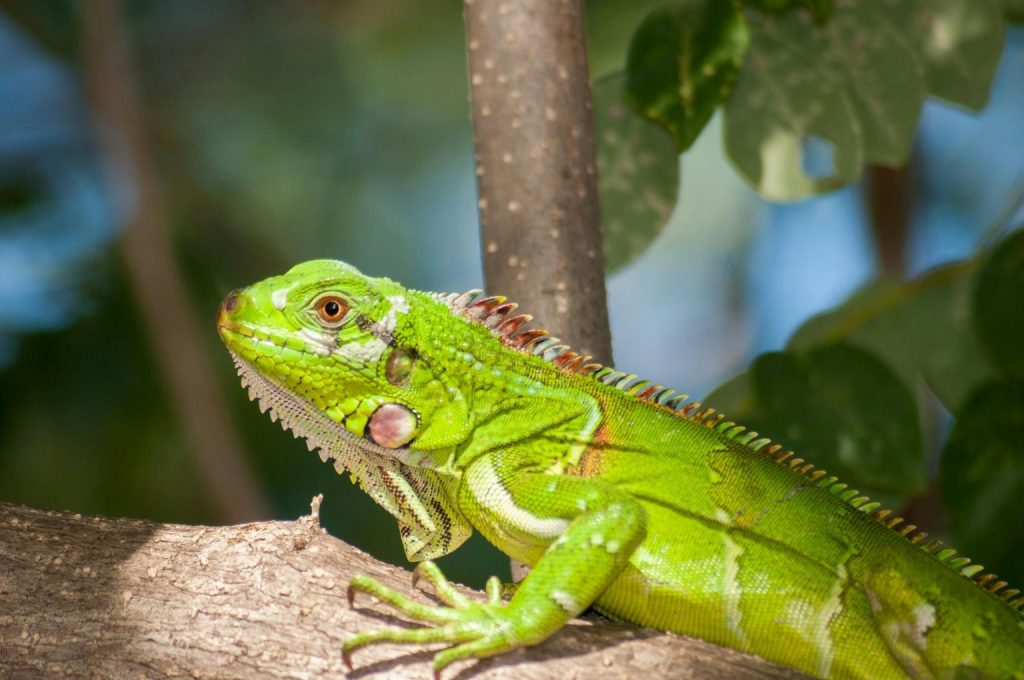
Health and Durability
Green Iguanas are relatively hardy when provided with proper care, but they are susceptible to several health issues if their needs are not met.
Common Health Issues:
- Metabolic Bone Disease (MBD): Caused by insufficient calcium or UVB exposure, leading to weak bones and deformities.
- Respiratory Infections: Often due to incorrect humidity or temperature levels.
- Parasites: Wild-caught or farm-raised iguanas may carry internal or external parasites.
- Dehydration: Can occur if humidity levels are too low or if the iguana does not have access to water.
Preventative Care:
- Regular Vet Checkups: Annual visits to a reptile-savvy veterinarian are recommended.
- Proper Diet and Supplements: Ensure a balanced diet with appropriate supplementation.
- Clean Environment: Regularly clean the enclosure to prevent bacterial or fungal infections.
With proper care, Green Iguanas can live 15-20 years or more, making them a long-term commitment.
Availability and Cost
Green Iguanas are widely available, but their affordability as juveniles often leads to impulse purchases. Captive-bred individuals are less common and more expensive but are generally healthier and better suited to captivity.
Where to Buy:
- Breeders: Captive-bred iguanas are the best option, as they are less likely to have health issues.
- Reptile Expos: A good place to meet breeders and see a variety of iguanas.
- Pet Stores: Often sell farm-raised imports, which may come with health problems.
Cost:
- Initial Purchase: $20 to $50 for farm-raised imports; $200 to $500 or more for captive-bred individuals or rare morphs.
- Setup Costs: $500 to $2,000+ for a proper enclosure, lighting, heating, and other supplies.
- Ongoing Costs: High, due to the cost of food, supplements, and electricity for heating and lighting.
Pros and Cons
Pros:
- Impressive size and striking appearance.
- Fascinating behaviors and long lifespan.
- Herbivorous diet is relatively easy to provide.
Cons:
- Difficult to handle and potentially aggressive.
- Requires a massive enclosure and specialized care.
- High upfront and ongoing costs.
- Not suitable for beginners or most pet owners.
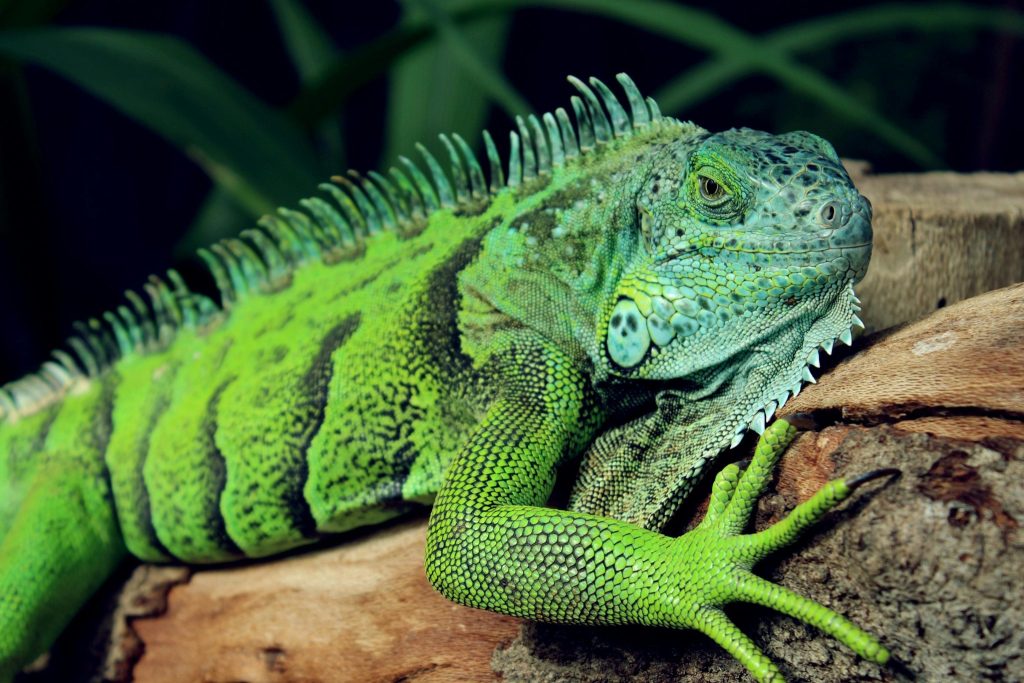
Final Thoughts
Green Iguanas are captivating reptiles, but they are not suitable for most people. Their challenging temperament, extensive care requirements, and potential for aggression make them a poor choice for the average pet owner. However, for experienced keepers or rescues willing to dedicate the necessary time and resources, Green Iguanas can be a rewarding, albeit demanding, pet. If you’re considering a large lizard, we strongly recommend exploring other species with more manageable temperaments and care requirements.
For those committed to rescuing a Green Iguana, be prepared for a long-term commitment and the challenges that come with it. Always prioritize the animal’s well-being and ensure you have the knowledge and resources to provide proper care.
Have you owned a Green Iguana? Share your experiences and tips in the comments below! We’d love to hear how you care for your lizard and what makes them special to you.
Let us know your thoughts on Green Iguanas in the comments below! Have you ever cared for one? Share your experiences and tips with the community. 🦎

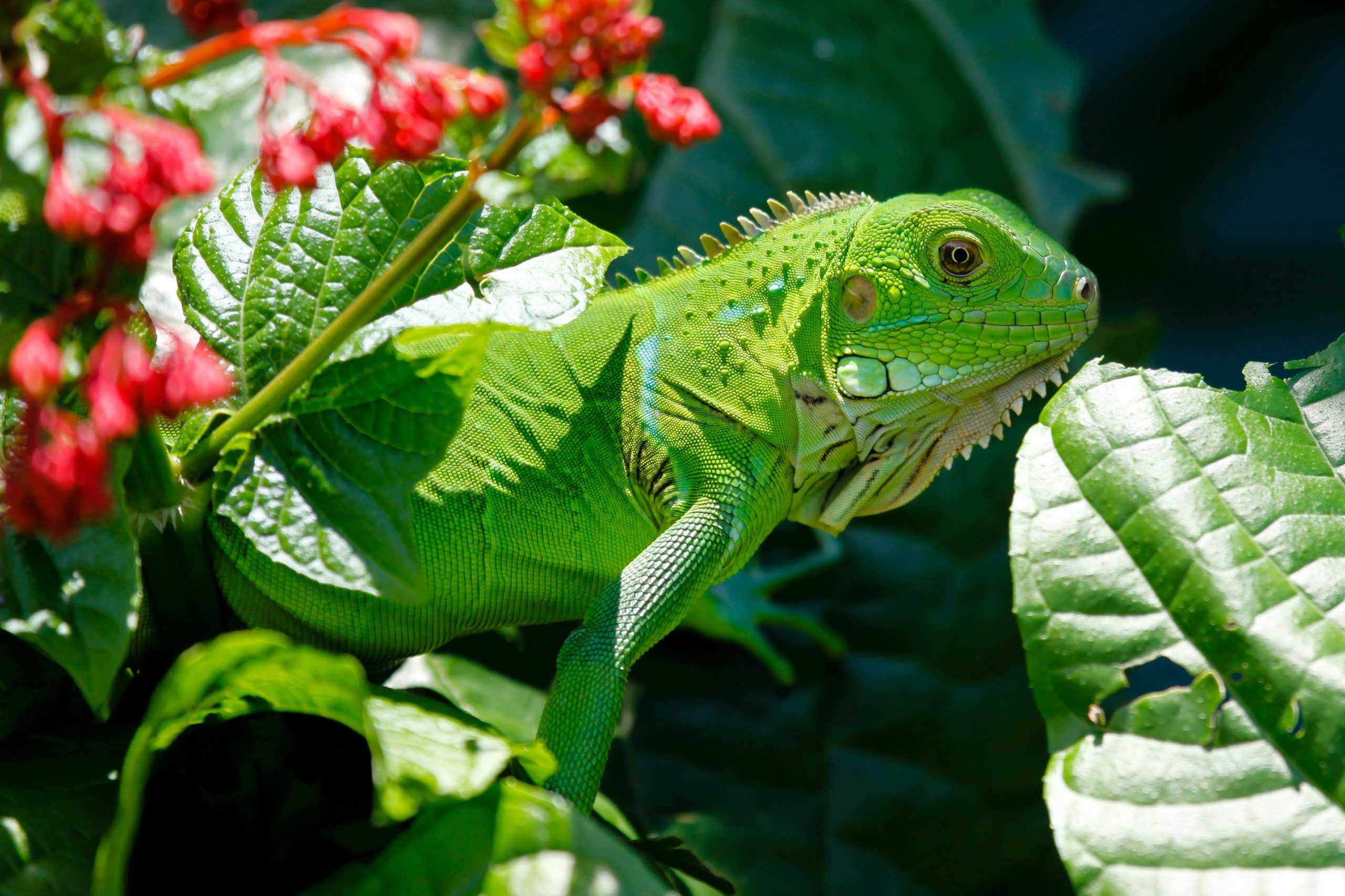

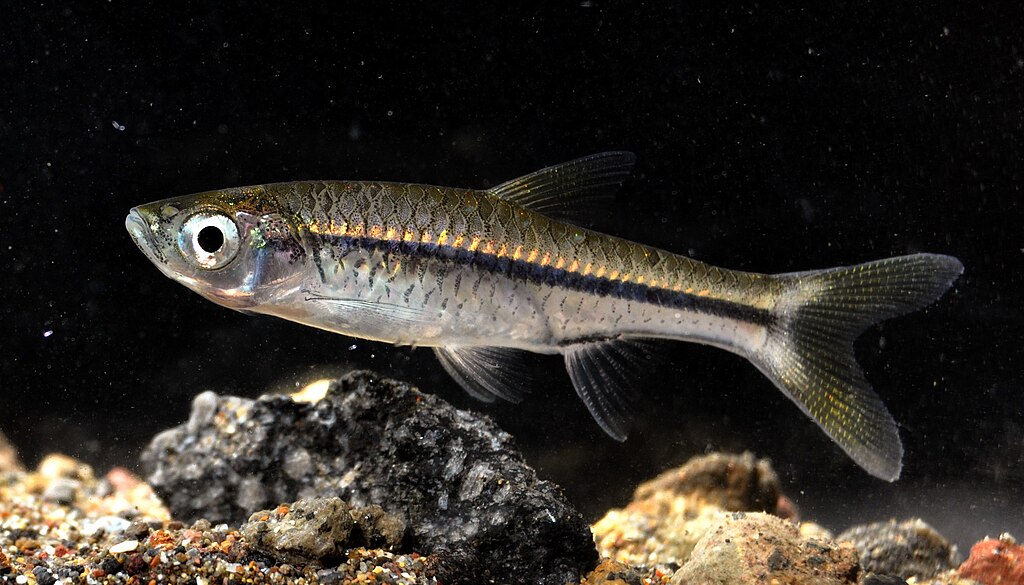
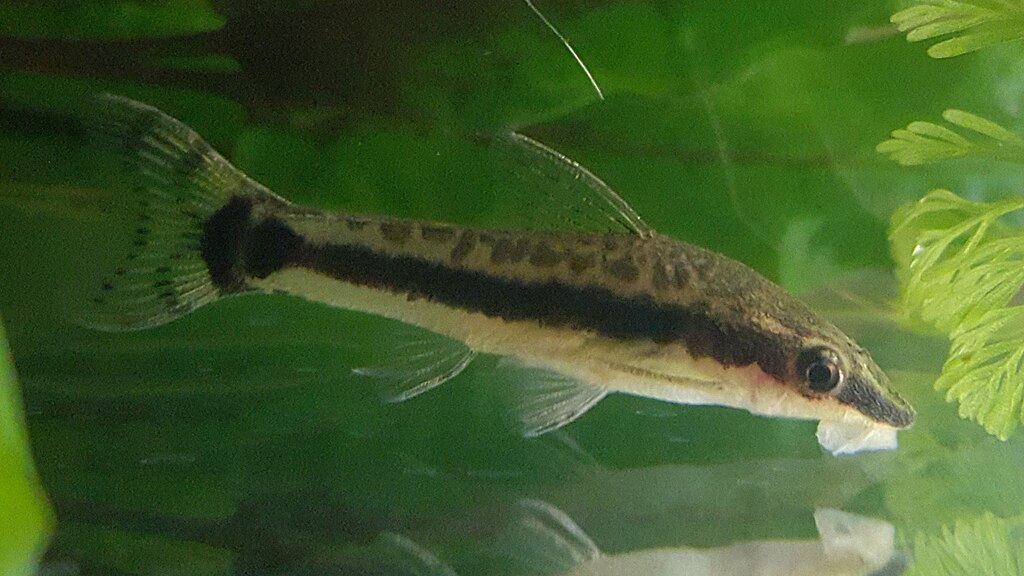

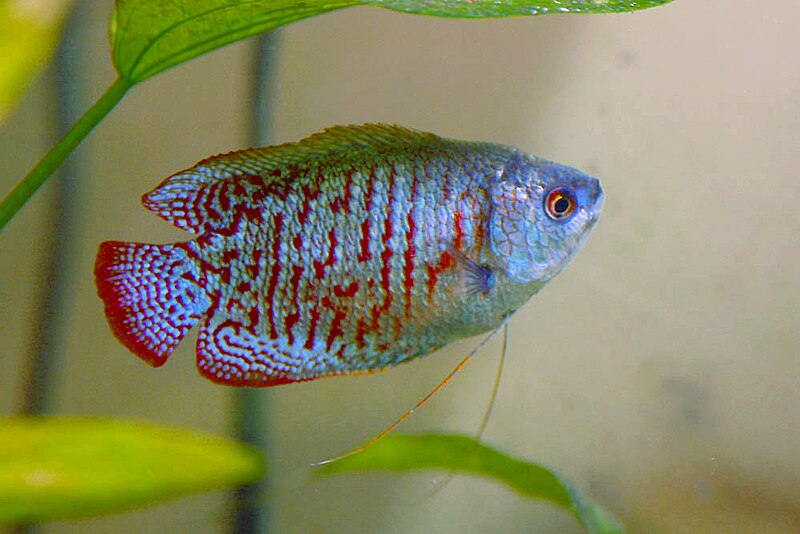

Leave a Reply